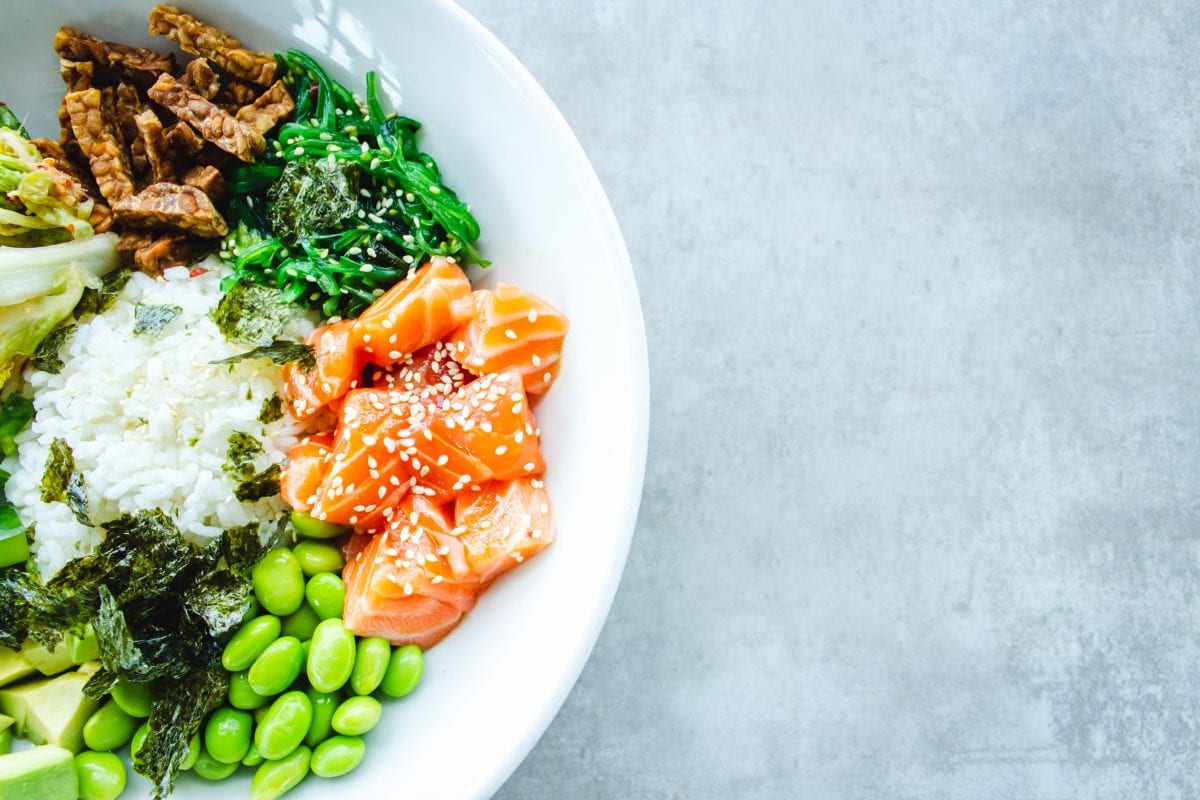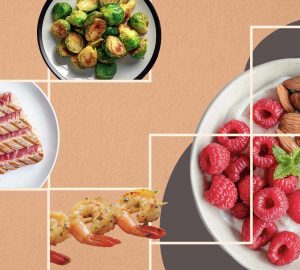A cutting diet is intended to optimize fat loss while preserving muscle mass. This diet includes measuring your protein, fat, calorie, and carbohydrate requirements based on your weight and way of living. It is uniquely customized and allows you to assess your dietary needs. You are supposed to do it just a couple of months before a sporting event and should incorporate it with weight training. Regular weightlifting is essential to encourage muscle growth and helps counter muscle loss when you start to cut calories.
In this article, we are going to discuss things you need to know about cutting a diet.
What is a cutting diet?
Bodybuilders and gym-goers typically use a cutting diet to remove the body fat while preserving muscle mass. Key differences with other diets for weight loss are that a cutting diet is tailored for each person, getting higher in protein and carbs, and must be followed by weight training. It is essential to lift weights regularly as it encourages muscle growth and helps battle muscle loss when you start to cut calories. Depends on how slender you are before dieting, it runs 2 months and is usually in time for athletic competitions or sporting events. You can check online the available cutting cycles that can give you ideas in the right cutting training. In these plans, the exercise period is about eight weeks. You need to realize that both strength and muscle mass can diminish a little during this cycle. But later, with the process of mass gain, the force will return rapidly, and the muscles will grow even bigger.
Cutting diet program
The number of calories that you need to cut can differ from each individual. The first step to start a diet that reduces weight is to plan out your intake. When you have a big enough calorie deficit in place, any diet will contribute towards the cutting process. During a cut, some foods become more essential and will make the process much easier. Protein, carbohydrates, and fats are 3 macronutrient intake in a cutting diet plan. The first move when starting your cut is to measure and adhere to a calorie deficit.
Carbs Intake
Intake of carbohydrates is key to the success of a cutting diet. Since carbohydrates are the main source of food for the bodies, you’ll want to take them at times when you are going to be most involved and more definitely using the energy they provide. This means eating higher amounts before and directly after your workout as your body recovers. The simplest way is to eat much of your carbohydrates during this workout, as well as in the morning hours. You may want to start tapering down your carb intake later in the evening, concentrating more on the vegetable sources in an attempt to minimize total grams. It is also nice to eat fruit when you cut your food. Try to eat fruits an hour or so before workouts, for nutrient efficiency as that is when you will need a faster-releasing carb source, typically obtained from the fruit sugars.
Protein Intake
When you are on a cutting diet you need to eat additional protein because you get fewer calories but exercise daily, which intensifies your protein requirements. It is necessary to maintain adequate protein intake on a cutting diet. Focus on having lean sources at each meal to control the blood sugar levels and encourage a higher degree of satiety. Protein is responsible for retaining lean muscle mass while cutting back from exercise and improving recovery. This also has the added advantage of holding you full for longer periods. It is because chewing and digesting solid proteins sometimes take a while which helps curb hunger hormones. Also, protein needs a high amount of energy to break down, which is perfect during a cutting process.
Fat Intake
Fat takes a significant role in the development of hormones which makes it important for a cutting diet. The body requires healthy fats to support its immune system, vital organs, maintain good cholesterol levels so it is a must to include these in your diet. They also help control your insulin levels and can make you feel much more fulfilled after a meal than when you have just eaten carbohydrates and protein alone. Because you are reducing your carbohydrate consumption as the day goes on, it’s a smart idea to start concentrating some of your later meals on protein and fat throughout the day then.
Planning meals ahead will help save time and prevent unhealthy food temptations. Most importantly, drink plenty of water as staying hydrated will assist in curbing your appetite and improving your metabolism. We hope this article has been helpful and good luck with your cutting diet!








